During the seminar, we gained insights into engaging with communities employing diverse strategies and methods tailored to the unique characteristics of the community in question. These approaches include gaining an understanding of the community from a first-person perspective, assessing the system in which the community exists, establishing relationships with the community through effective communication, and fostering collaboration.
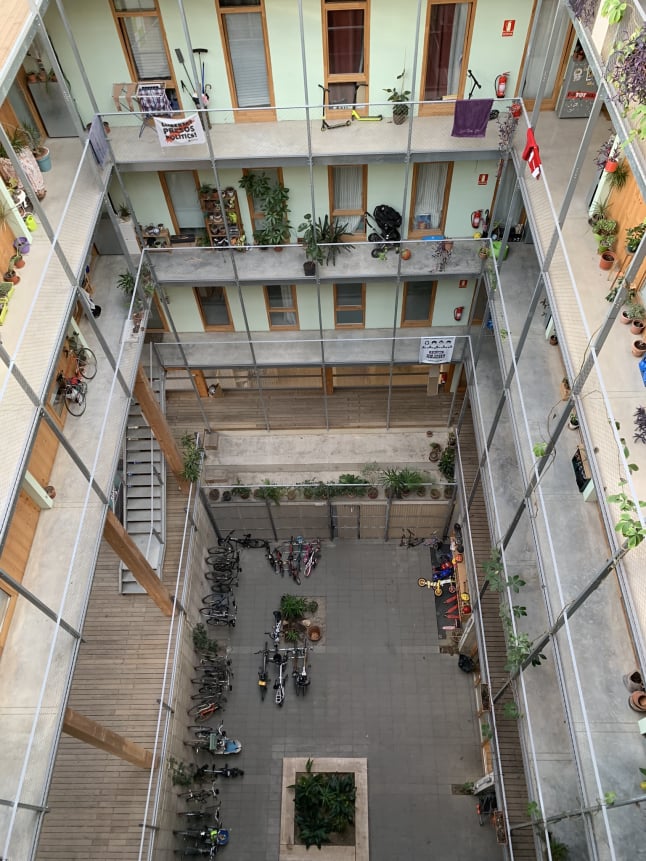
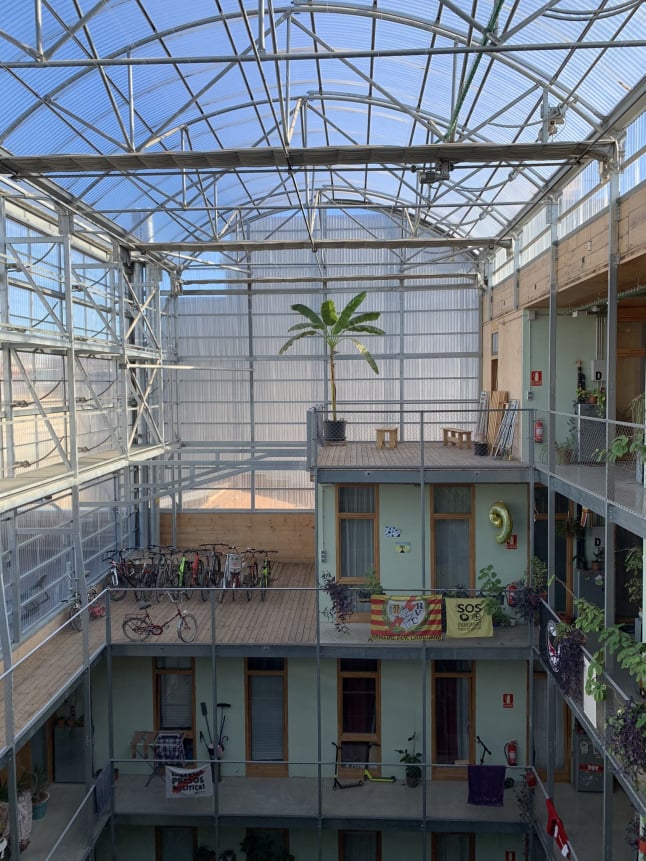
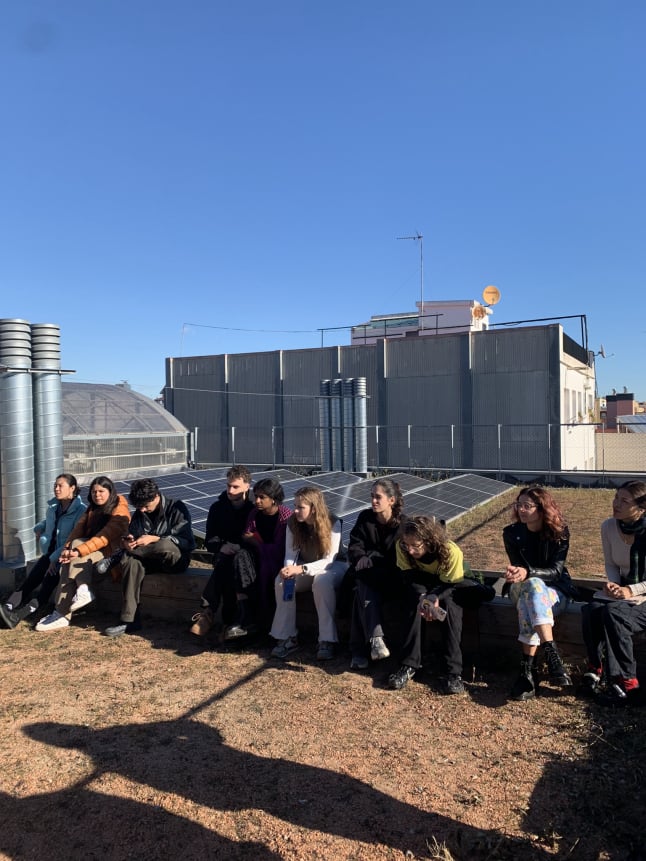

Team: Jorge, Jorge and Sophie
After hearing the issues faced by La Borda's community when trying to make collective decisions, Jorge, Jorge and myself decided to develop an intervention that would help communities organise themselves in efficient and democratic ways, ensuring that all voices are heard. We created Community Builder, a tool that can help communities set an efficient governing structure, feedback and conflict resolution mechanisms, as well as an implementation timeline, based on the community building principles of sociocracy. Our AI-powered tool worked as a bot integrated with sociocracy's principles, which would first ask you a few questions about your community to then create a community building strategy and provide tailored recommendations.
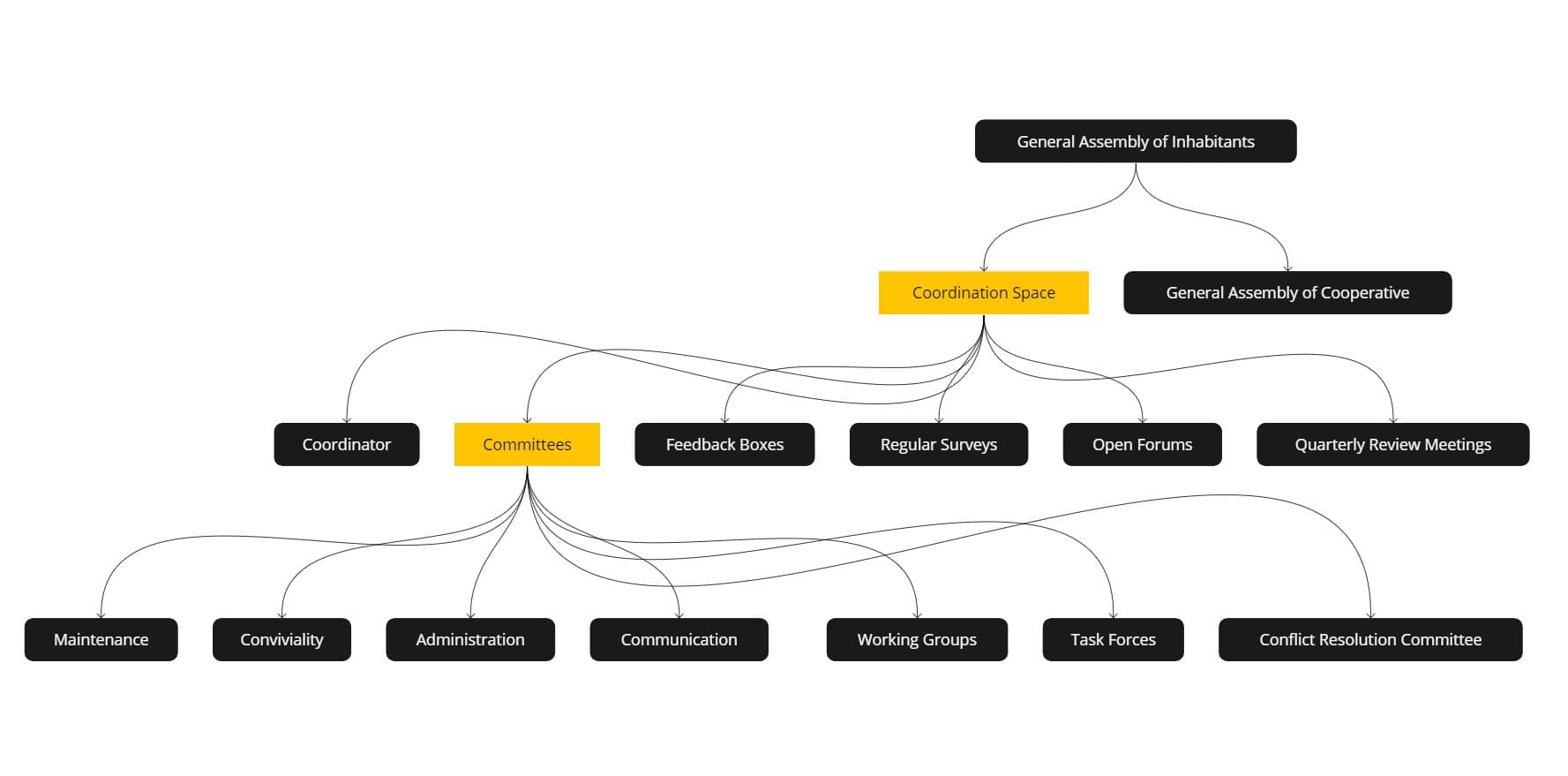
Feedback mechanisms suggested by Community Builder for La Borda
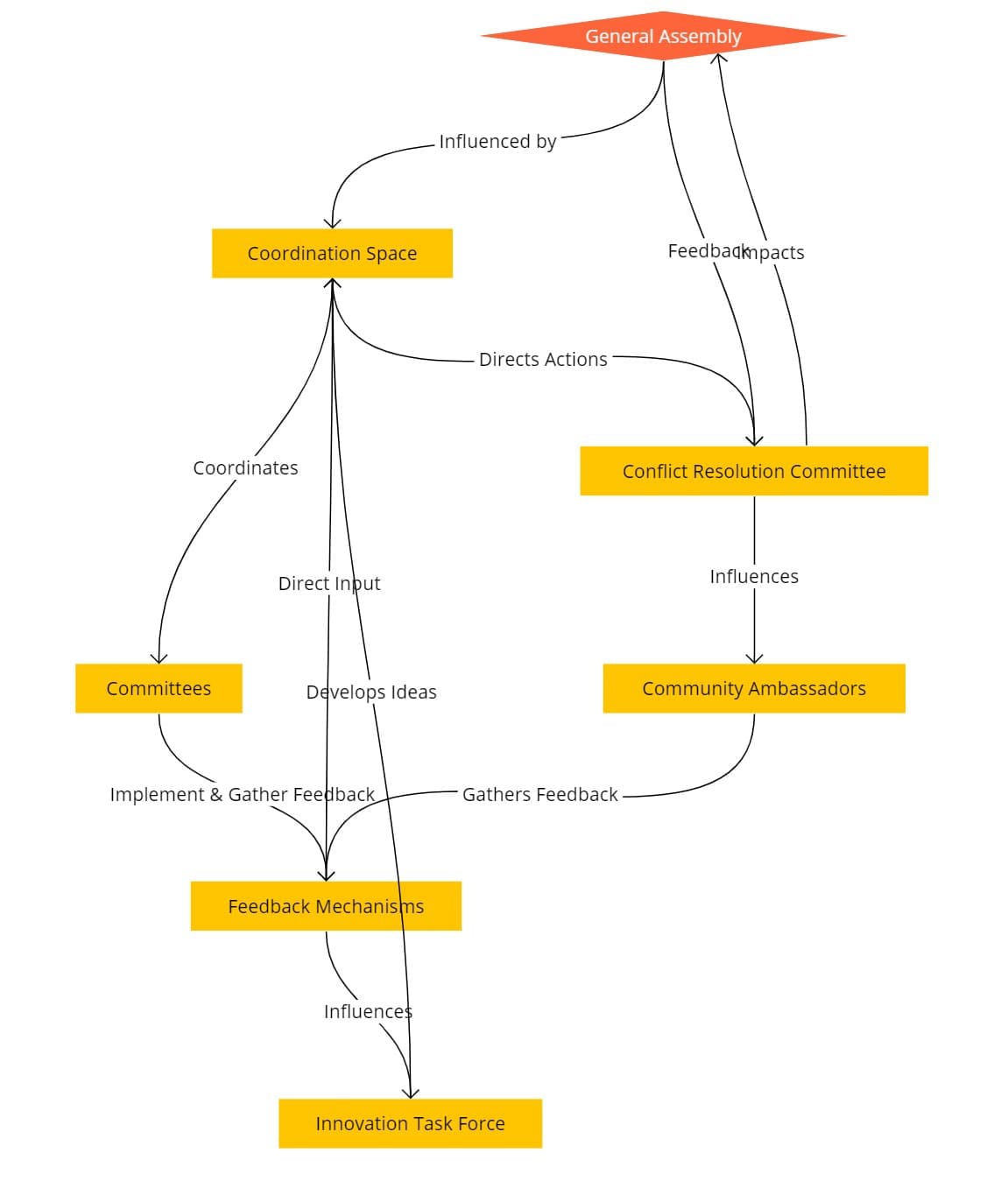

Before introducing our tool to La Borda community, we would need build a trusting relationship with the community through frequent informal visits and conversations with a maximum of members, to understand the day-to-day life of the community and their real needs. Such conversations would help us have a first understanding of the aspects of the community that would need improvement, according to its members.
Once the trust with the community is built, we would guide an interactive and collective workshop on La Borda's organisational structure, asking members to reflect and discuss how the community is currently structured, the strenghts and shortcomings of the current organisational structure as well as goals that the community would like to achieve. We would ensure that a maximum of voices are heard to ensure an equal representation of members in this debate.
Organise session with community representatives to introduce Community Builder. Guide them through the bot's questions, inputting the findings discussed during the collective reflection.
Give a few weeks for the community to try the tool and reiterate their interaction with it, to make adjustments to the organisation strategy proposed by Community Builder.
Roll out the suggested changes in phases, starting with the most critical areas. Test new structures or roles in smaller, controlled settings before a community-wide implementation.
Schedule frequent meetings to monitor the progress of the implementation. Use the established feedback mechanisms to gather ongoing input from community members about the changes.
This seminar taught me about the value of systemic thinking, especially when engaging with communities. As a holistic approach to understanding and solving complex problems, systemic analyses take into account the interconnectedness of various elements within a system and recognise that changes in one part can have cascading effects throughout the entire system. Designing a product without understanding the system in which this product is situated will lead to poor design. This made me think of how these methodologies should be applied to policymaking as well. Thorough systemic analyses should be conducted before intervening with regulation, to ensure sound regulatory interventions.
HTML Website Maker